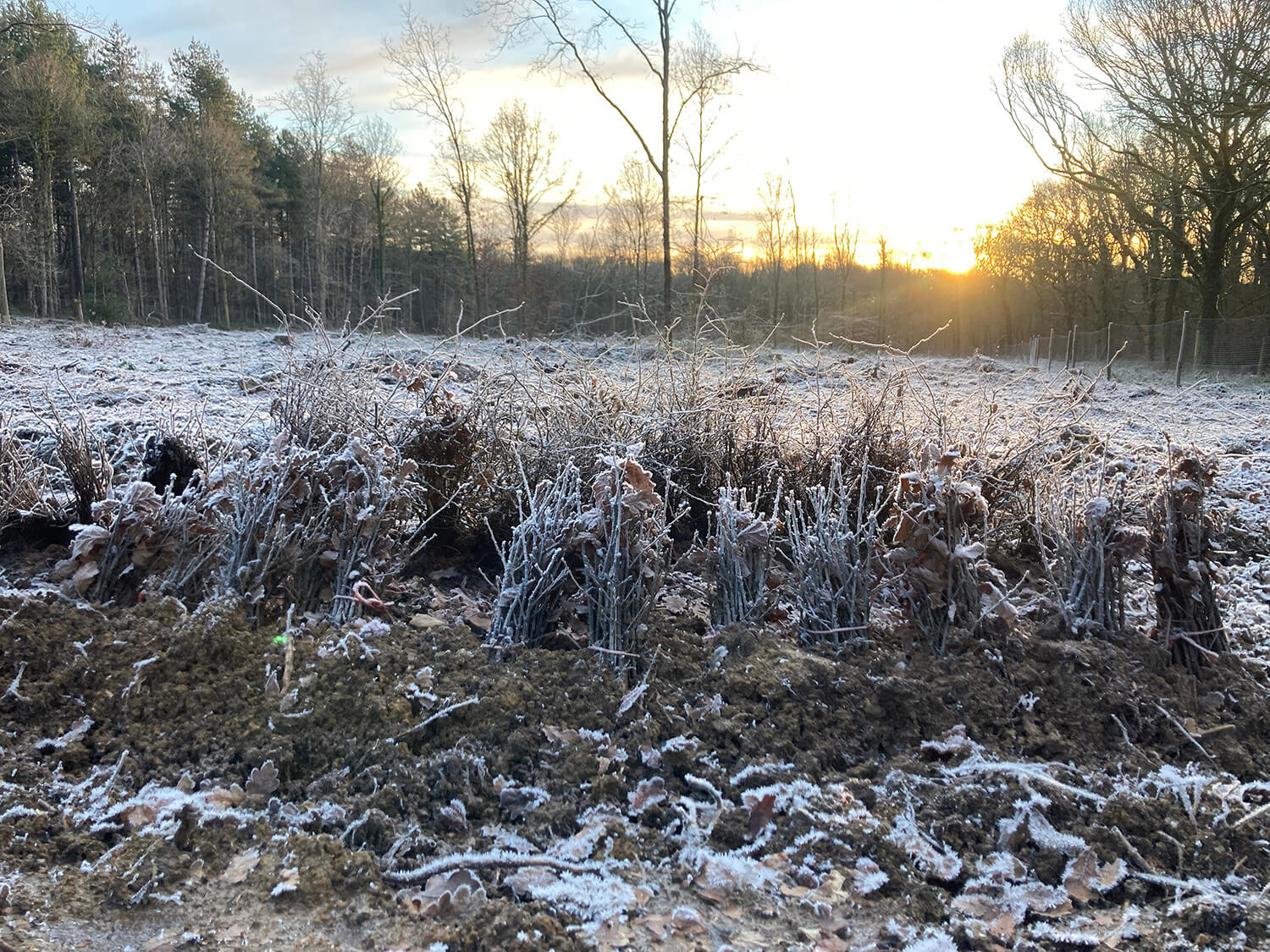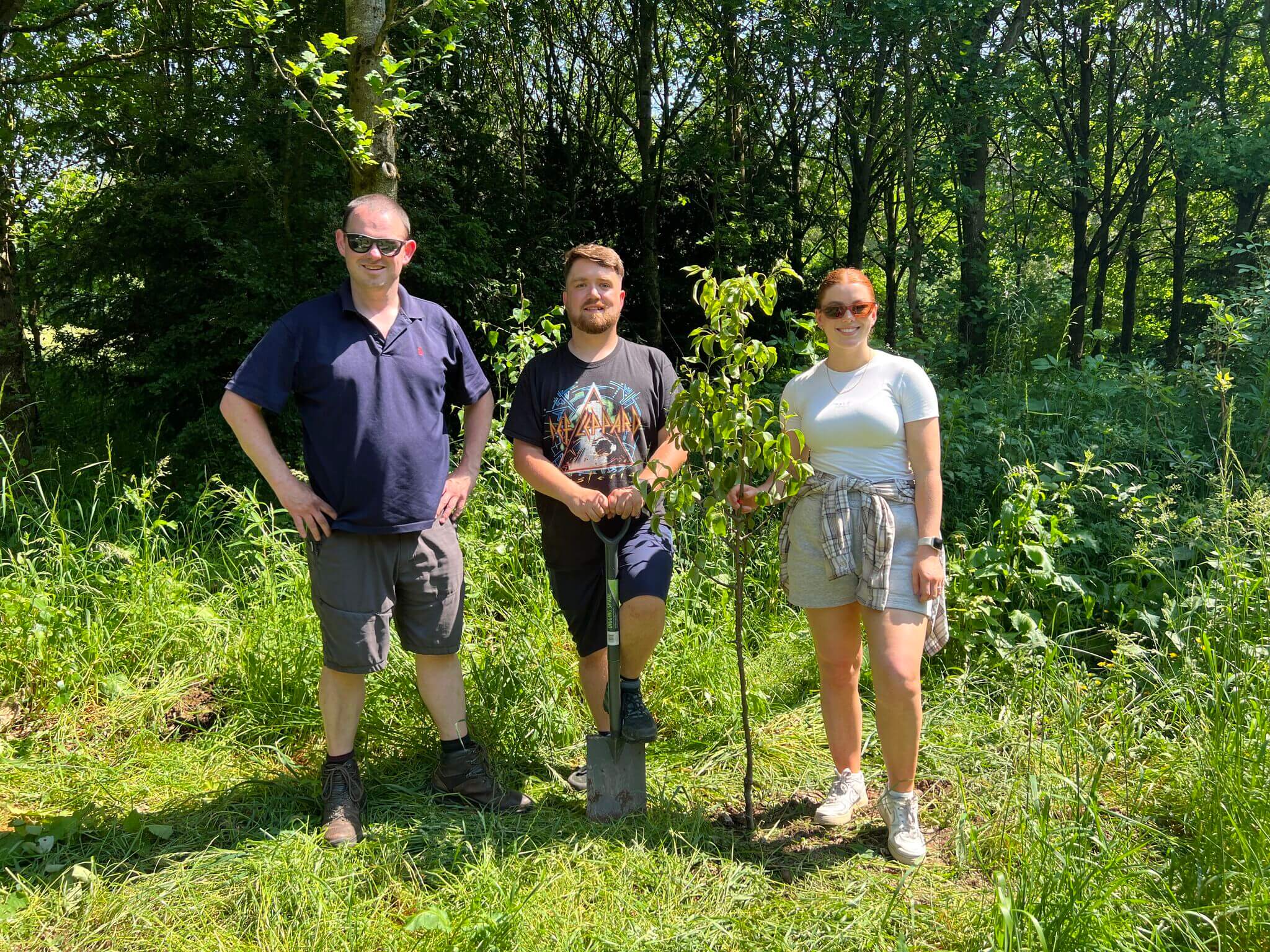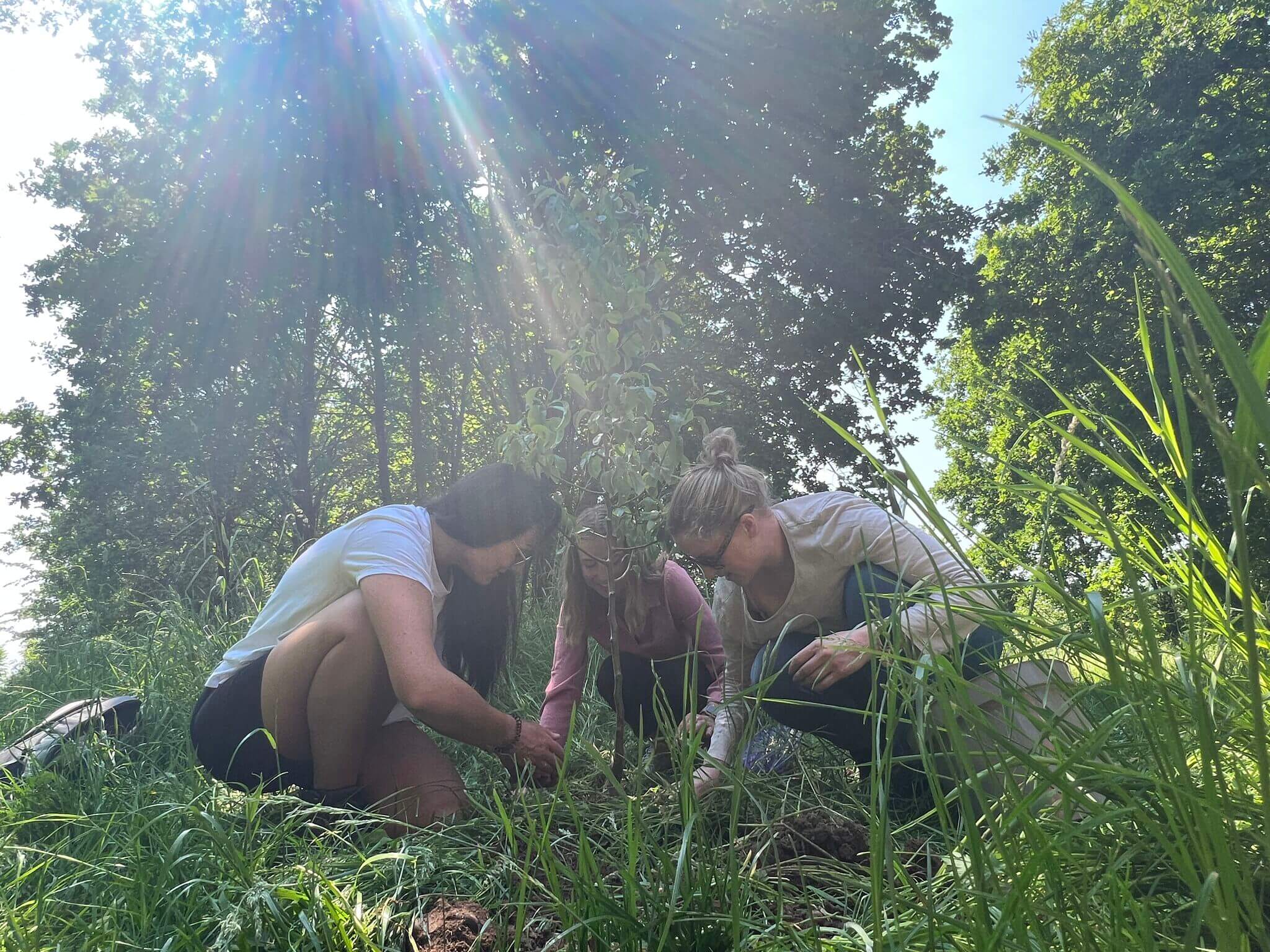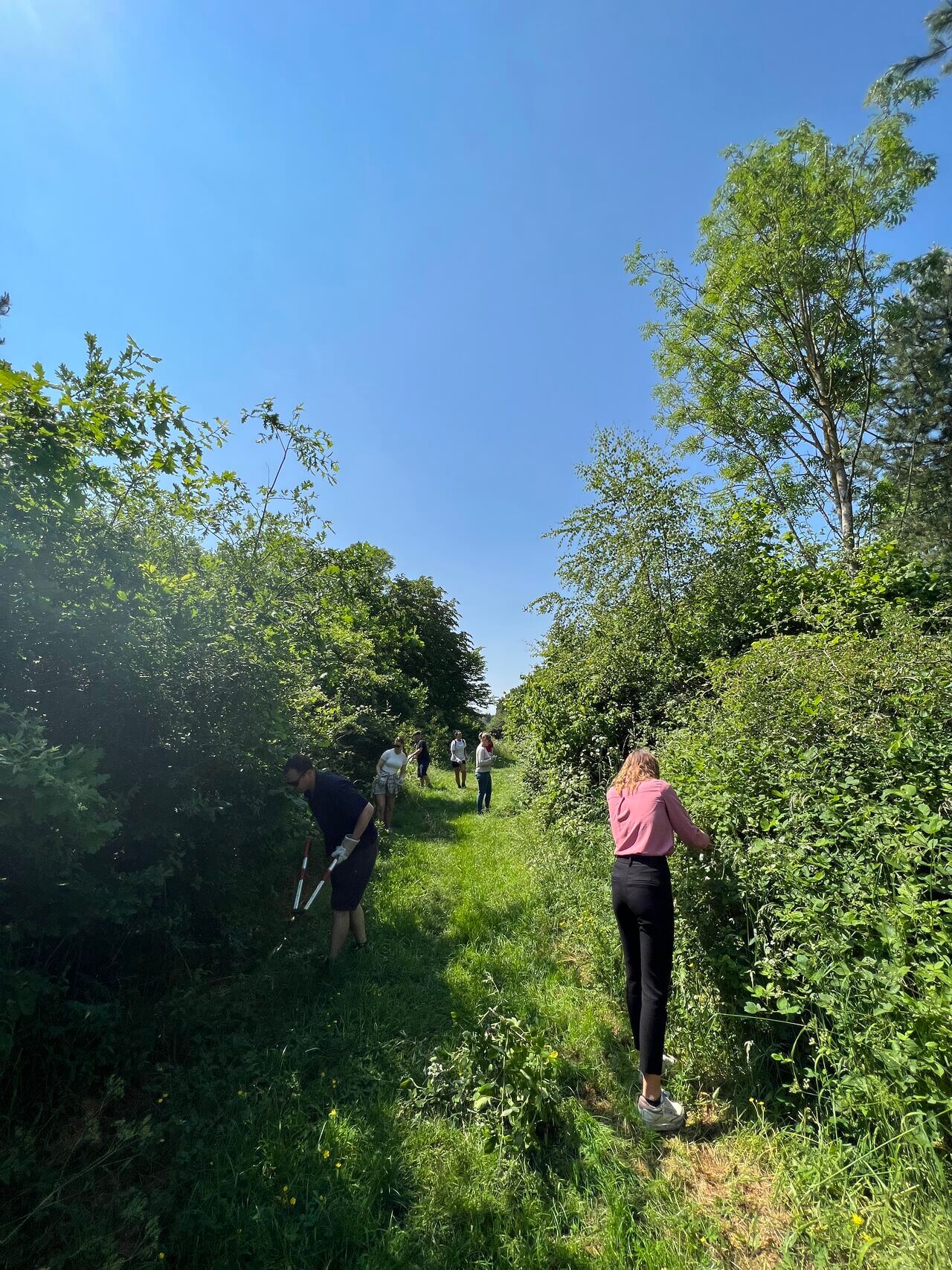CrossCountry Trains supported the planting of 5,000 climate resilient trees across the UK in 2022-23
This year, CrossCountry Trains have planted 5,000 trees with GreenTheUK as part of a wider wildlife support programme. A wide variety of species have been planted across different woodlands to help restore UK tree cover and protect local biodiversity. See below for details on the richness of species.
In June 2023, we welcomed CrossCountry Trains team to Battram Wood for a day in the woodlands to connect with nautre, support practical conservation and plant pear trees.
.svg)
Tree Species Planted:
1,796 trees planted in Northumberland
This woodland was devastated by Strom Arwen in 2021. Mature trees were uprooted by the storm and many trees that could have been sold for timber were smashed as they fell. These trees were decades old and the work that has gone into growing and caring for them has sadly come to very little. By supporting this project you are directly helping to alleviate the devastating effects of this storm and grow a storm resilient woodland for the future.
804 trees planted in West Sussex
Norway spruce has been felled to make way for a mix of native broadleaf trees. These trees will help to provide shelter, food and habitats for local wildlife. Trees such as hazel and crab apple will provide nuts and fruit for mammals and birds. Some of the trees (such as guelder rose) are especially good for pollinating insects. In 100 years (or more) some of the oak trees that are planted could be felled to provide sustainable building materials.
900 trees planted in Pembrokeshire
Salix alba (cricket bat willow) has traditionally been grown in the South East of England as a commercial crop. UK-grown cricket bat willow is seen as a premium product, much prized above cricket bat willow grown across Europe. It is in particularly high demand in India and Pakistan for cricket bats. The drought in 2022 underlined the unpredictability of weather patterns, affecting willows grown in South East England. As the climate changes, traditionally wet Wales will provide significant opportunities for cricket bat willow. 1,000 cricket bat willows whips, sourced from a nursery in Sussex, were planted on a hillside in West Wales. The whips are being watered by spring water which is being pumped uphill using power from solar panels. As the whips grow they will be coppiced in around four years and the resulting poles planted to grow into new trees. These will be planted at 40 willows per acre, ten metres apart. The original plantings will then regrow ready for future coppicing and to produce yet more trees. After decades of being grazed by sheep or used for silage, biodiversity along this valley has been depleted. A key objective is to increase local biodiversity both within the nursery meadow and the plantation. The area has also been devasted by Ash Dieback and the new plantings will help link with an existing sycamore woodland and another newly planted mixed species woodland.
1,500 trees planted in Berwickshire
Windstorms are becoming increasingly common in the UK as a direct result of rapid climate change. The trees in this woodland were lost during Storm Arwen in 2021. They have been replaced with oak and beech trees with smaller native trees being planted around the woodland edge. These smaller trees will provide habitats for local wildlife and also direct windflow up and over the young oak and beech while they become established.

UN's Sustainable Development Goals
As a GreenTheUK partner, you support projects that are in line with the UN Sustainable Development Goals.

Take urgent action to combat climate change and its impacts.

Sustainably manage forests, combat desertification, halt and reverse land degradation, halt biodiversity loss.

























































.jpg)
.jpg)

.JPG)
.JPG)
.JPG)
.JPG)
.JPG)
.JPG)
.JPG)
.JPG)








